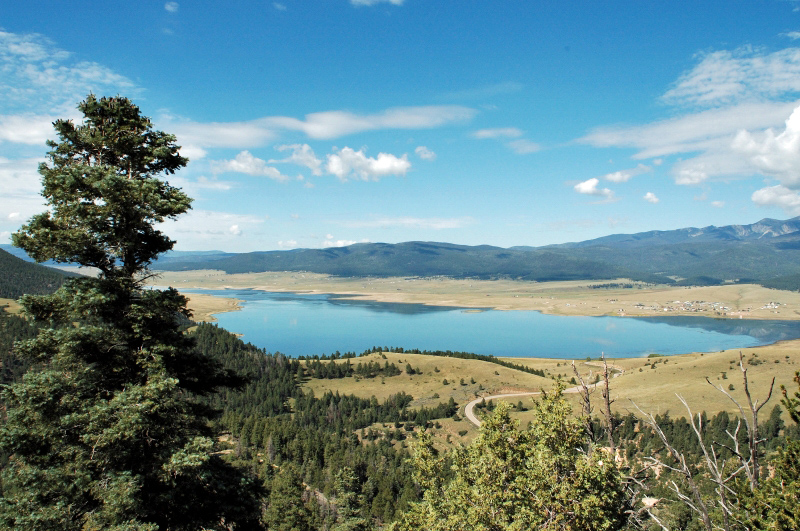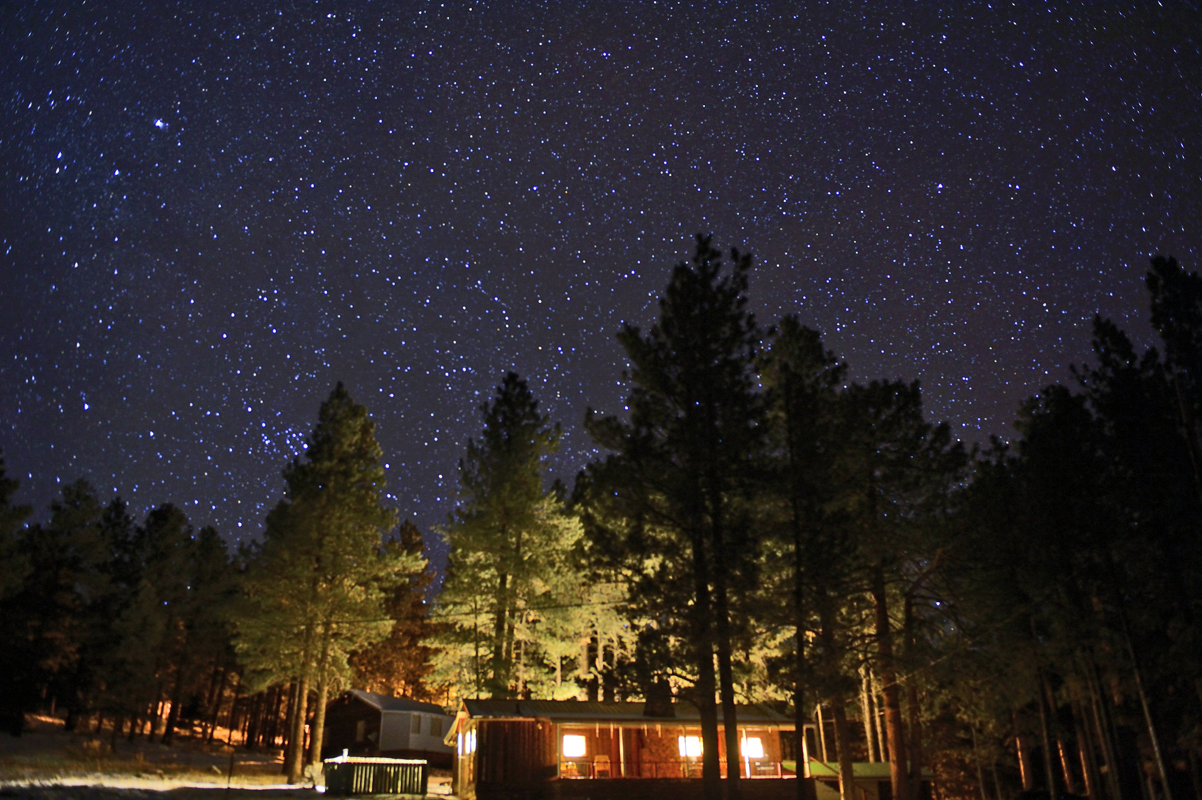
Whispers from the Wild: The Enduring Legends of America, from Myth to Main Street
America, a nation relatively young on the global stage, possesses a storytelling tradition as rich and diverse as its sprawling landscapes. Far from being confined to ancient myths of creation, the legends of America are a vibrant tapestry woven from indigenous wisdom, frontier grit, urban anxieties, and the quiet triumphs of communities forged against adversity. These are not merely tales of the past; they are living narratives that continue to shape identity, inspire awe, and remind us of the enduring human need to make sense of the world – and our place within it. From colossal lumberjacks to elusive cryptids, from infamous outlaws to the hallowed grounds of a forgotten Black Eden, America’s legends are a testament to its boundless imagination and complex history.
At the heart of America’s folklore are the towering figures of the frontier, embodiments of the nation’s pioneering spirit. Paul Bunyan, the gargantuan lumberjack, and his blue ox, Babe, are perhaps the quintessential American legend. Born from the tall tales spun by loggers in the Northwoods, Bunyan’s feats—like digging the Great Lakes with his shovel or clearing vast forests in a single swing—represent humanity’s ambition to tame the wild, to shape an untamed continent with sheer strength and ingenuity. He is a humorous, hyperbolic symbol of the industrious spirit that built early America.
Similarly, John Henry, the steel-driving man, stands as a legend of heroic defiance against the march of progress. This African American folk hero, said to have won a race against a steam-powered drilling machine only to die from exhaustion, embodies the struggle of the common laborer against dehumanizing industrialization. His story, often told in song, is a powerful elegy to human strength, dignity, and the ultimate cost of progress, resonating deeply with themes of resilience and sacrifice that are central to the American experience.

Beyond these larger-than-life characters, the untamed West gave birth to a different breed of legend: the outlaw and the lawman. Figures like Billy the Kid, Jesse James, and Wyatt Earp transcended their historical realities to become archetypes of freedom, rebellion, and frontier justice. Their stories, romanticized and embellished over generations, speak to a deep-seated American fascination with the individual standing against the establishment, carving out their own destiny in a land without clear rules. Jesse James, in particular, evolved from a notorious bank robber into a folk hero, a perceived victim of corporate greed and a champion of the common man, his legend a complex blend of admiration and fear.
But America’s oldest stories belong to its Indigenous peoples, whose legends are deeply rooted in the land itself, predating European arrival by millennia. The Thunderbird, a powerful spiritual entity often depicted as a giant bird, is a pervasive motif across numerous Native American cultures, symbolizing power, strength, and the bringer of storms. It’s a guardian spirit, a force of nature that connects the earthly realm with the celestial. Conversely, the Wendigo, a malevolent spirit or monster from Algonquian folklore, serves as a chilling cautionary tale against greed, gluttony, and cannibalism, embodying the destructive consequences of selfishness and disrespect for the natural world. These ancient legends offer profound insights into the spiritual cosmology, moral frameworks, and deep ecological understanding of America’s first inhabitants, a vital, often overlooked, layer in the nation’s legendary strata.
As America entered the modern era, its legends adapted, reflecting new anxieties and fascinations. The vast, often unexplored corners of the continent became fertile ground for cryptids and unexplained phenomena. Bigfoot, the elusive ape-man said to roam the Pacific Northwest, is perhaps the most famous modern legend, a symbol of the wildness that still lurks beyond human control, a primal mystery in an increasingly rationalized world. Similarly, the Mothman of Point Pleasant, West Virginia, a winged humanoid creature whose appearance in the 1960s was linked to a bridge collapse, taps into fears of the unknown and serves as an ominous harbinger. And then there’s Roswell, New Mexico, where the alleged crash of an extraterrestrial spacecraft in 1947 spawned a global obsession with UFOs, government cover-ups, and the tantalizing possibility of life beyond Earth, a legend that speaks to humanity’s enduring curiosity about the cosmos and its potential secrets.
Yet, America’s legends are not solely the stuff of myth, cryptids, or outlaws. They are also etched into the very fabric of human struggle, resilience, and the relentless pursuit of dignity. And it is here, in a small, unassuming town in rural Michigan, that we encounter a different kind of American legend: Idlewild.
Idlewild, Michigan, is not a legend born of supernatural encounters or heroic feats of strength, but of human spirit, community, and the courageous creation of sanctuary. During the dark days of segregation, when Jim Crow laws enforced racial discrimination across much of America, particularly in the South, African Americans were largely denied access to public accommodations, resorts, and even safe travel. Enter Idlewild. Founded in 1912 by white developers but quickly taken over by Black entrepreneurs and professionals, Idlewild became a haven, a "Black Eden," a vibrant resort town where African Americans could own property, build businesses, and experience leisure and freedom without the constant threat of discrimination.
For decades, particularly from the 1920s through the 1960s, Idlewild was a cultural mecca. It was a place where Black families could swim in the lake, dance in the clubs, and simply exist with unfettered joy and dignity. The town boomed, boasting hotels, nightclubs, casinos, a golf course, and even an amusement park. Its stages hosted the biggest names in Black entertainment: Duke Ellington, Louis Armstrong, Aretha Franklin, James Brown, B.B. King, The Four Tops, Jackie Wilson – the list reads like a who’s who of American music history. These legends of jazz, blues, and soul found a place to perform, relax, and be celebrated without the indignities they often faced elsewhere. "Idlewild wasn’t just a place to visit; it was a place to belong, a place where our humanity was affirmed," recalled a former resident in a historical documentary. It was an economic engine, a social hub, and a psychological balm for a community under siege.
The legend of Idlewild is profound because it represents an audacious act of self-determination. It wasn’t merely a resort; it was a living testament to the power of community to carve out a space for freedom, culture, and economic empowerment in the face of systemic oppression. It was a beacon of hope, a place where success was celebrated, and Black joy was uninhibited. The stories told by its former residents, the echoes of the music that once filled its streets, and the sheer audacity of its existence against such immense odds, solidify its status as a vital American legend.
With the passage of the Civil Rights Act in 1964, the very success that made Idlewild legendary also contributed to its decline. As other resorts and public spaces became accessible, the urgent need for a segregated sanctuary diminished, and many residents and visitors sought opportunities elsewhere. Today, Idlewild stands as a ghost of its former glory, many of its grand hotels and vibrant clubs now derelict or gone. Yet, its spirit lingers. Efforts are underway to preserve its history, to restore its remaining structures, and to rekindle its legacy as a symbol of resilience and cultural pride. The National Museum of African American History and Culture includes Idlewild in its narrative, acknowledging its pivotal role in American history. It reminds us that legends are not just about the past; they are about understanding how we got here and what we choose to remember.

In conclusion, the legends of America are as vast and varied as the nation itself. From the colossal feats of Paul Bunyan to the tragic defiance of John Henry, from the lawless romance of the Wild West to the ancient wisdom of Indigenous tales, and from the chilling mysteries of Bigfoot to the empowering sanctuary of Idlewild, these stories collectively form the soul of a nation. They reflect our hopes, our fears, our dreams, and our endless capacity for reinvention. They remind us that America is not just a geographical entity, but a constantly evolving narrative—a place where new legends are born every day, shaping the contours of its identity, one whispered tale at a time.
.jpg?w=200&resize=200,135&ssl=1)

